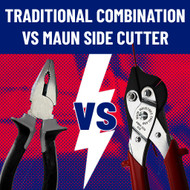Traditional Combination Pliers Versus Maun Side Cutter Parallel Pliers
18th Apr 2024
If you haven’t heard, the Maun Side Cutter Parallel Plier is the combination plier reimagined.
In this post, we’ll compare the two side by side.
What are Traditional Combination Pliers?
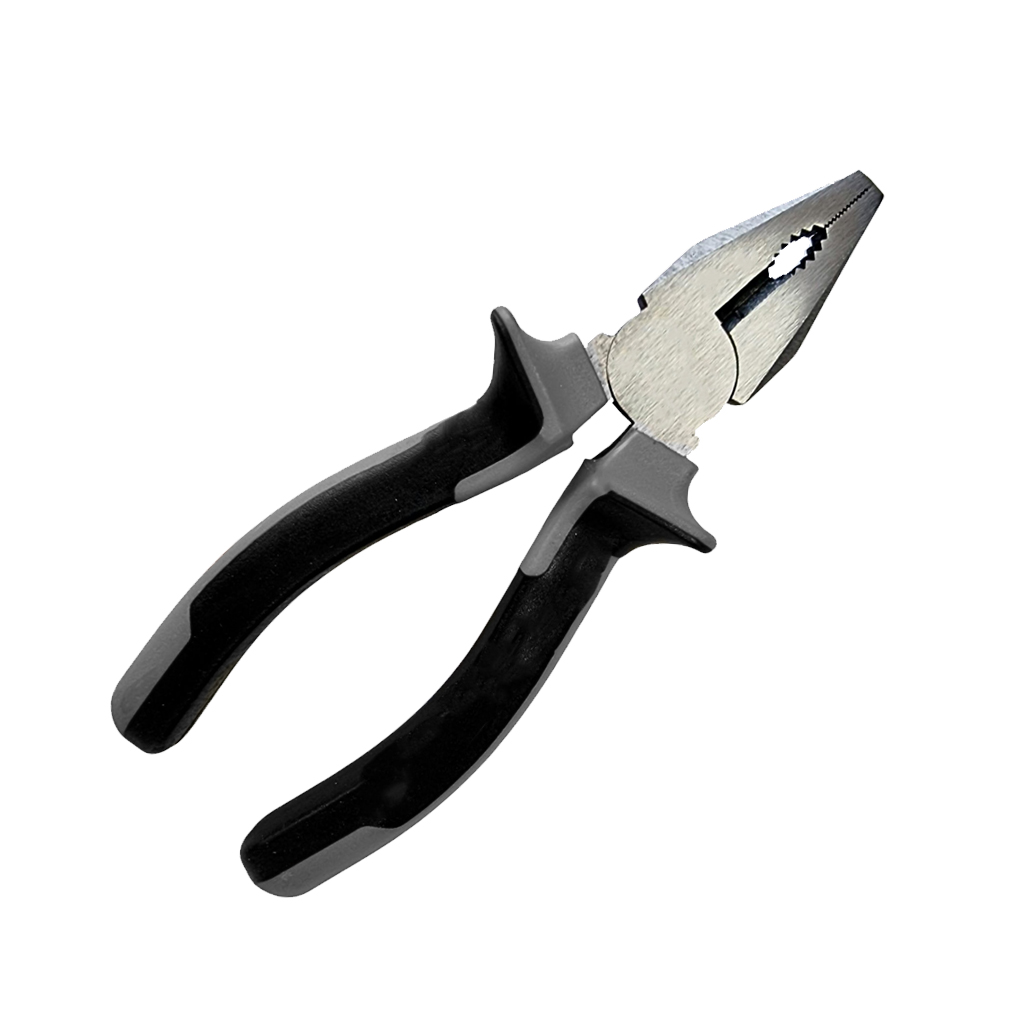
Combination pliers offer multiple plier functions, all along the length of the same jaw opening, in one tool.
Traditional combination pliers broadly fall into two main formats: European-style combination pliers and Linesman pliers.
The European-style combination pliers include a flat gripping section at the front of the jaws, an oval pipe grip section in the middle of the jaws and cutting blades at the back of the jaws. Linesman pliers generally only feature the flat gripping section to the front, and the cutting blades to the rear of the jaws.
They are a multi-functional plier that can be used for a variety of jobs, so what did Maun decide to do differently?
What are Maun Side Cutter Parallel Pliers?
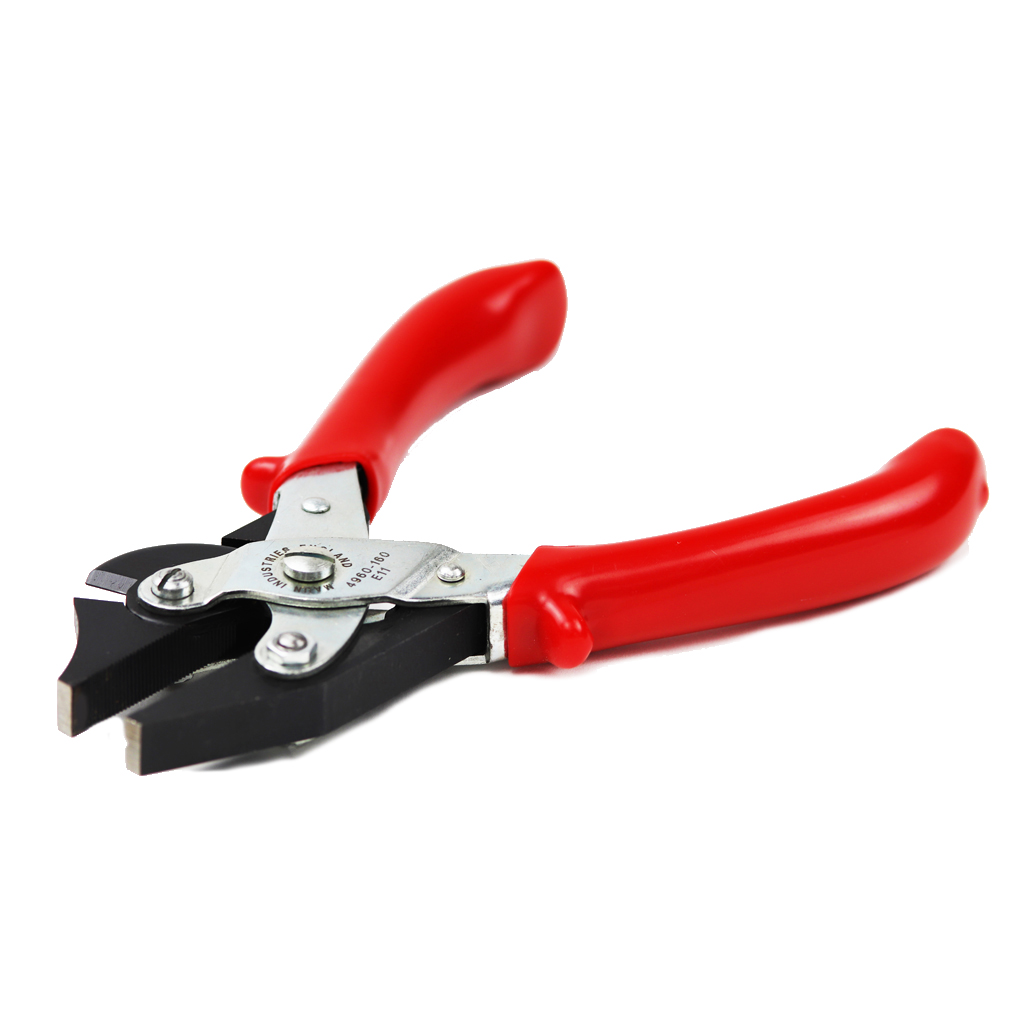
Maun took the idea of the combination plier and made it better.
By moving the cutting function to the side of the tool and using parallel-jaws, we greatly increased the surface area for gripping. This is enhanced by the V-slot and serrated jaw surfaces that work together to help provide a better grip with less effort.
Having the cutter on the outside of the plier also means that there is no rivet at the back of the throat. This means that wire, cable, and other materials can be fed through the plier.
The design of the cutter on the side of the plier also creates a compound-lever action that can multiply your hand force up to 25x depending on which size of side cutter parallel plier is being used. This results in greater cutting power with less effort, reducing hand fatigue and improving efficiency.
They’re available in 4 different sizes, with variations, including a return spring, smooth jaws, and either metal or comfort grip handles, available on selected sizes.
Shop Side Cutter Parallel Pliers
Comparing Features
Traditional versus Parallel Jaws for Gripping and Holding
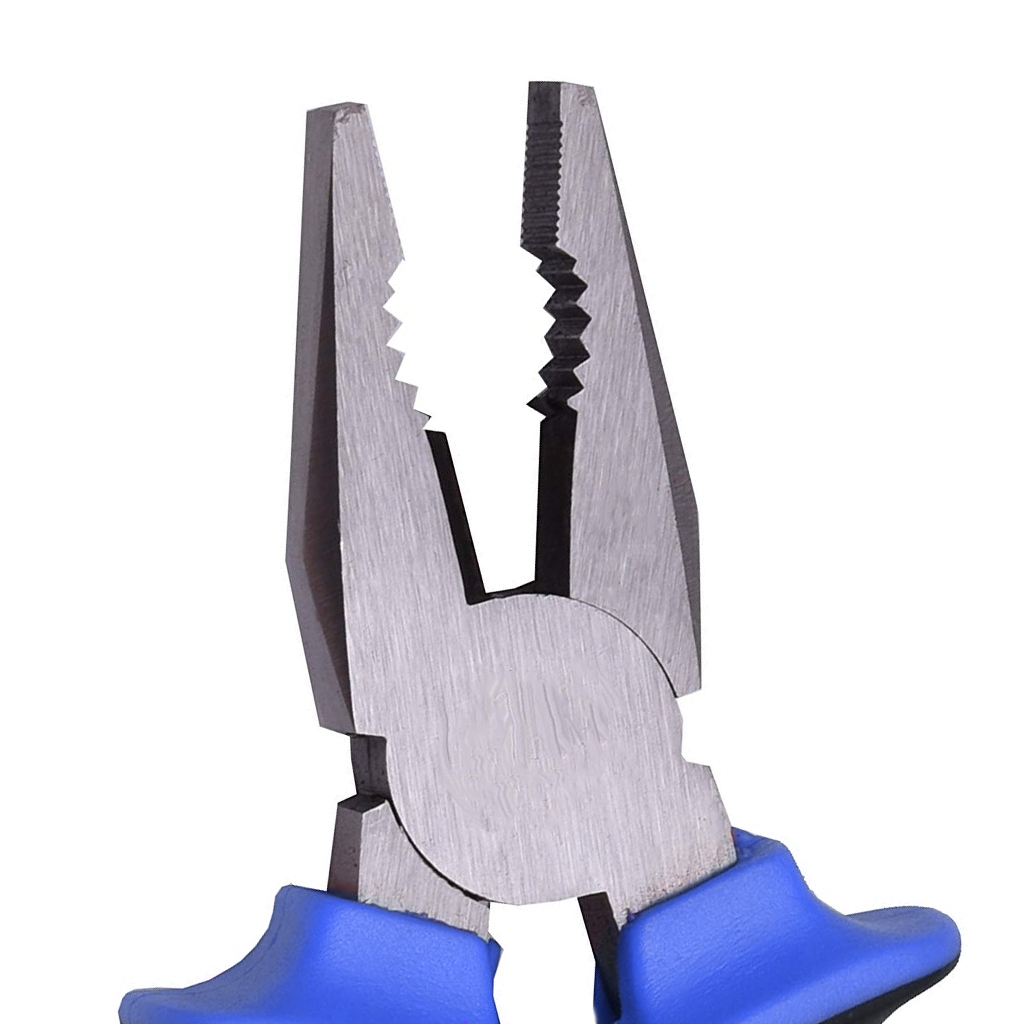
Traditional combination pliers have a scissor-action jaw where 1/3 of the jaw is a flat edge used for gripping, 1/3 of the jaw is rounded to offer a “pipe grip” and the final 1/3 is a cutting edge used for cutting.
Whilst the traditional configuration maximises the combination of the jaw elements, this integration does come with compromises. The grip available isn’t as powerful as it would be if the whole jaw was dedicated to gripping, and the cutter isn’t as accessible as it is on a pair of cutting pliers.
More specifically, the “flat” gripping surface is small at the end of the tool. This means that the grip is not as great as that which could be applied at a position nearer to the rivet. As a result, the gripping force transferred is reduced by comparison, and this may make it difficult to keep hold of unusual or heavy objects.
The scissor action also means the jaws close at an angle, potentially resulting in a small contact area between them and the item you’re trying to grip. In some instances, the pipe-jaw element may help to overcome this difficulty, particularly with cylindrical objects; however, these are often finished with relatively aggressive teeth that could damage softer materials.
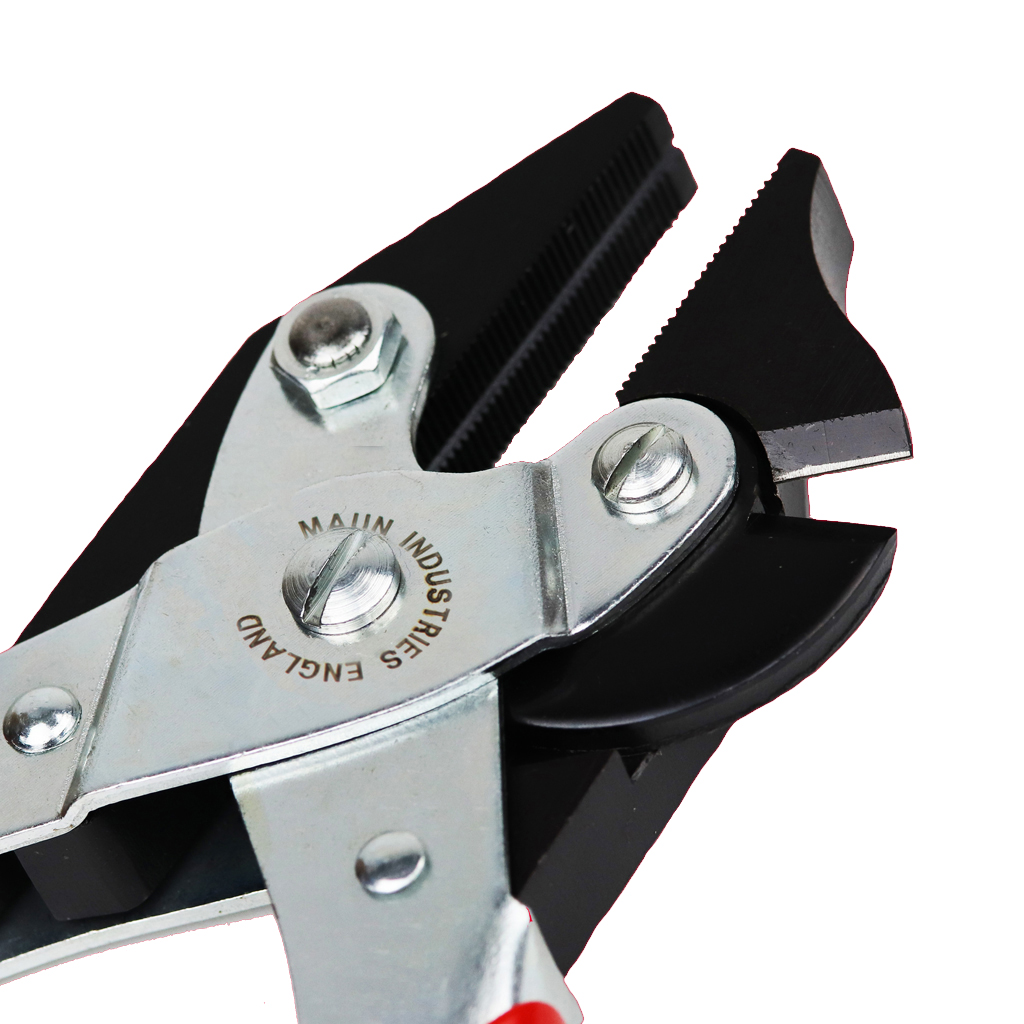
Parallel-jaw pliers, in comparison, have two jaws that close in parallel to each other without any cutting edge (as the cutting edge is on the side of the tool).
This means there’s a greater surface area in contact with the item you’re gripping, requiring less effort to hold the same item. The serrated surface also enhances the gripping performance of the jaws.
Parallel Jaws improve your accuracy and feel for the item you’re gripping, allowing you to be more precise and achieve better results.
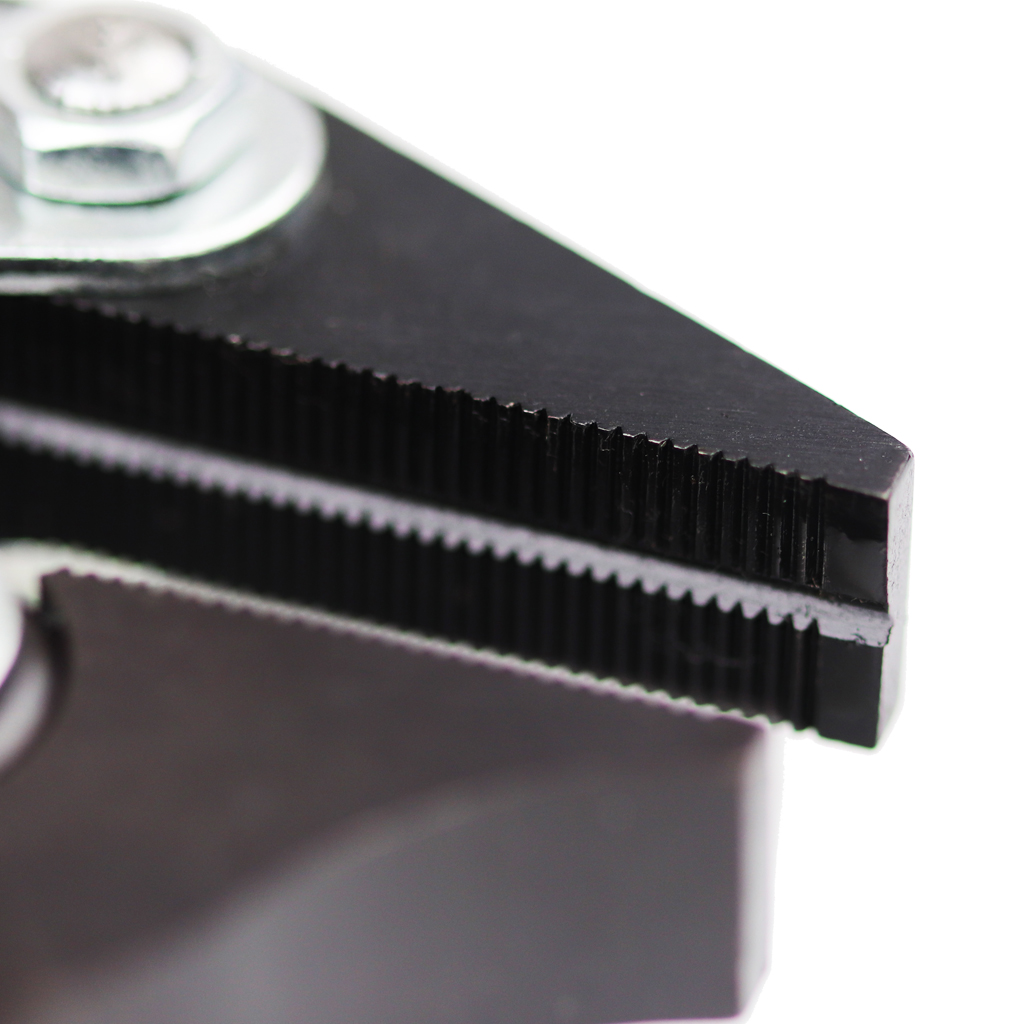
The Maun tool also has a V-slot along the length of one of the jaws, meaning wire, cable, and other cylindrical materials can slot right into it for an even greater grip. This makes it an essential tool for anyone who regularly works with such materials.
User Fatigue & Long-Term Use
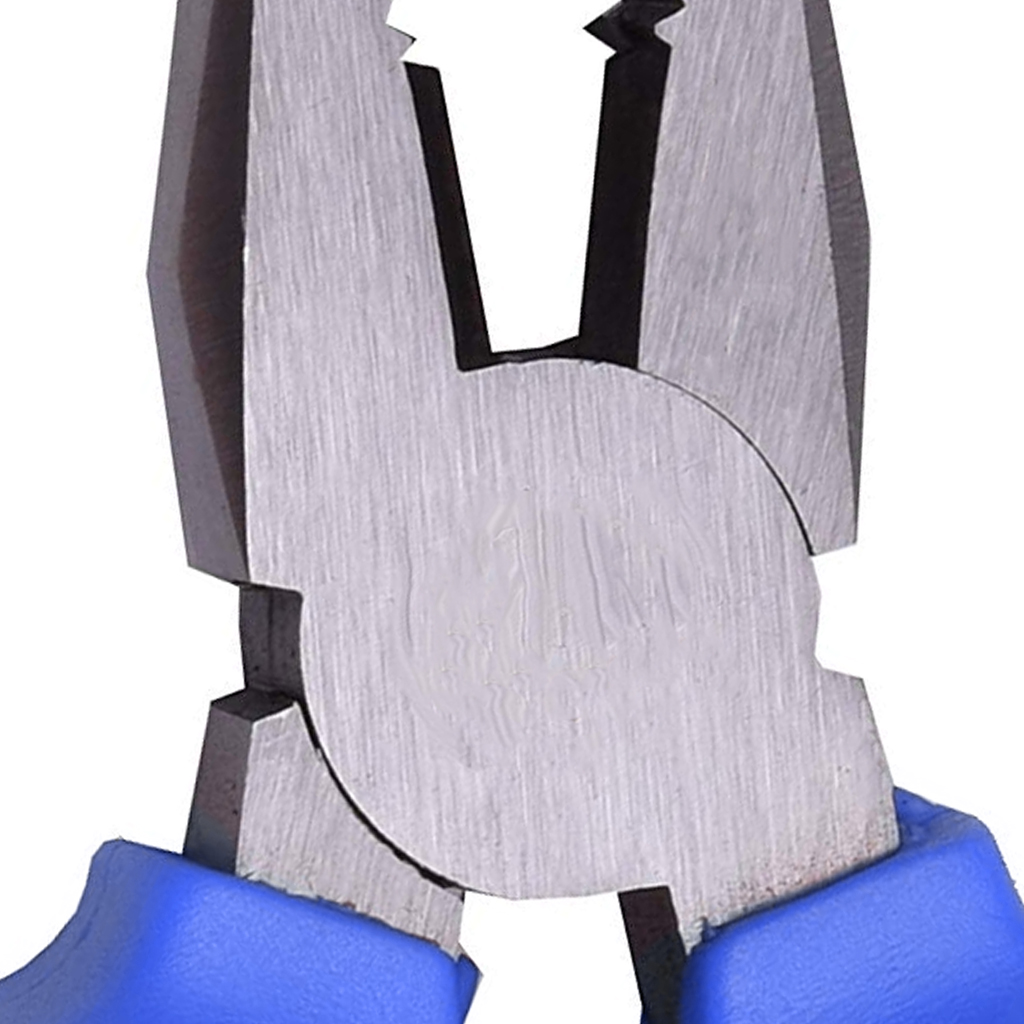
Traditional combination pliers use a scissor-action pivot, a 1st class lever system. This multiplies hand force based on a ratio of the distance between where force is applied on the handles and the centre of the rivet, compared to the distance between the centre of the rivet and the position along the jaws where the cut is being made.
When used over a longer period of time, or on material that’s particularly tough to cut, your hand may become fatigued very quickly, or you may require a larger than practical plier to be able to make the cut.
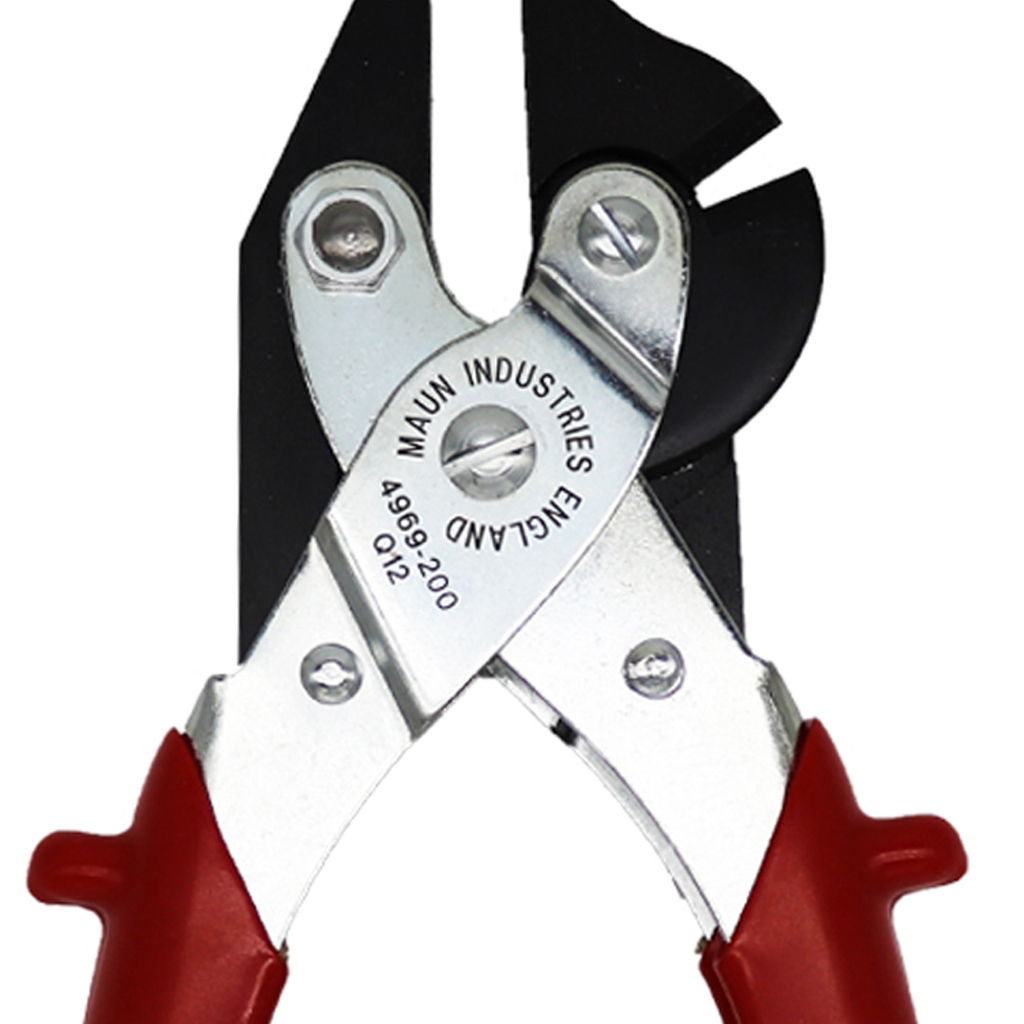
Contrast this with the Maun Side Cutter Parallel Pliers, which use a compound-lever action. This multiplies your hand force by a greater factor, up to 25x, depending on the size of the product.
The compound-lever effect makes it far easier to cut harder materials and to make a greater number of repetitive cuts before your hand gets tired.
The 200 mm Side Cutter Parallel Plier multiplies your hand force by 25x.
Additional Functionalities
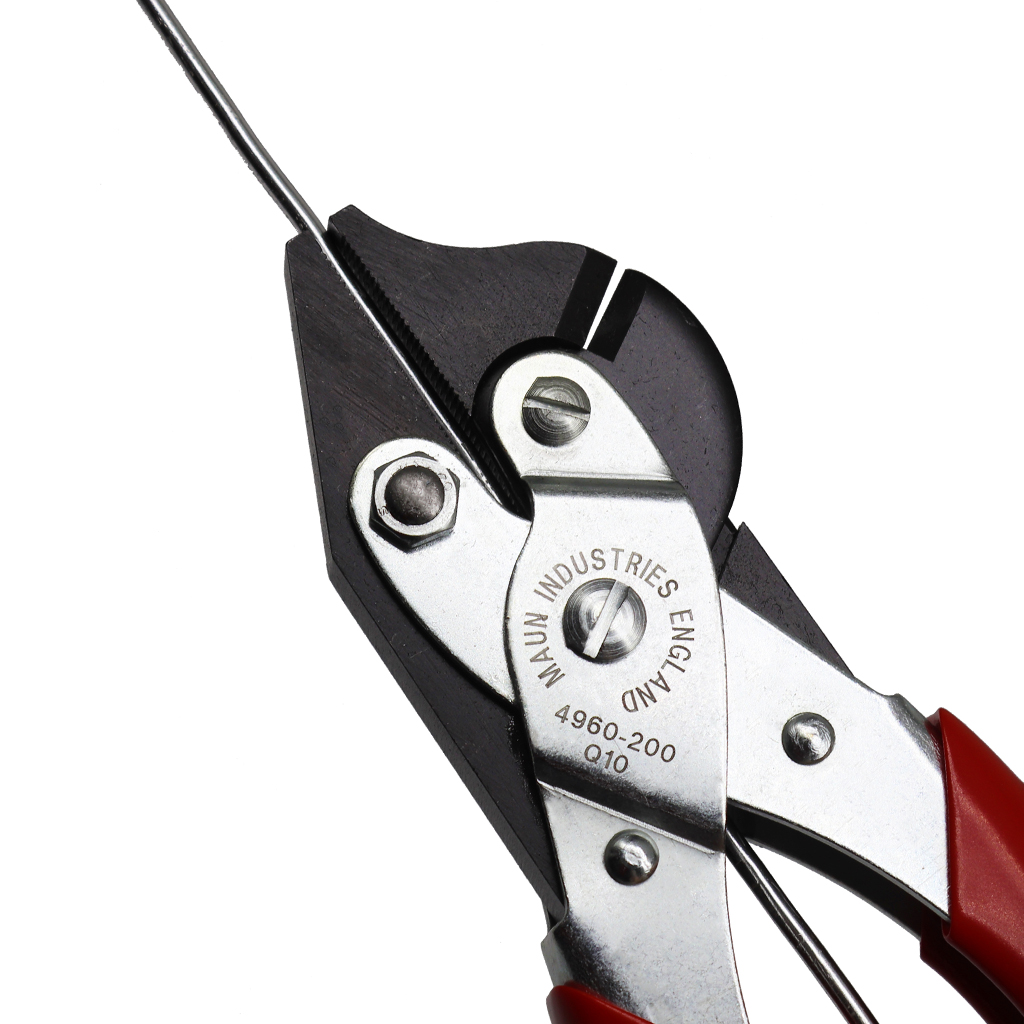
The Maun Side Cutter Parallel Pliers have an open-throat design, meaning you can feed wire, cable or rod, along the length of the tool.
This allows you to grip and bend the wire at any point with maximum accuracy, as you’ll have the greatest surface area possible gripping the wire (due to it being parallel to the wire length, instead of gripping it at an angle).
Comparing Practical Real-world Scenarios
Maintenance & Repair Work
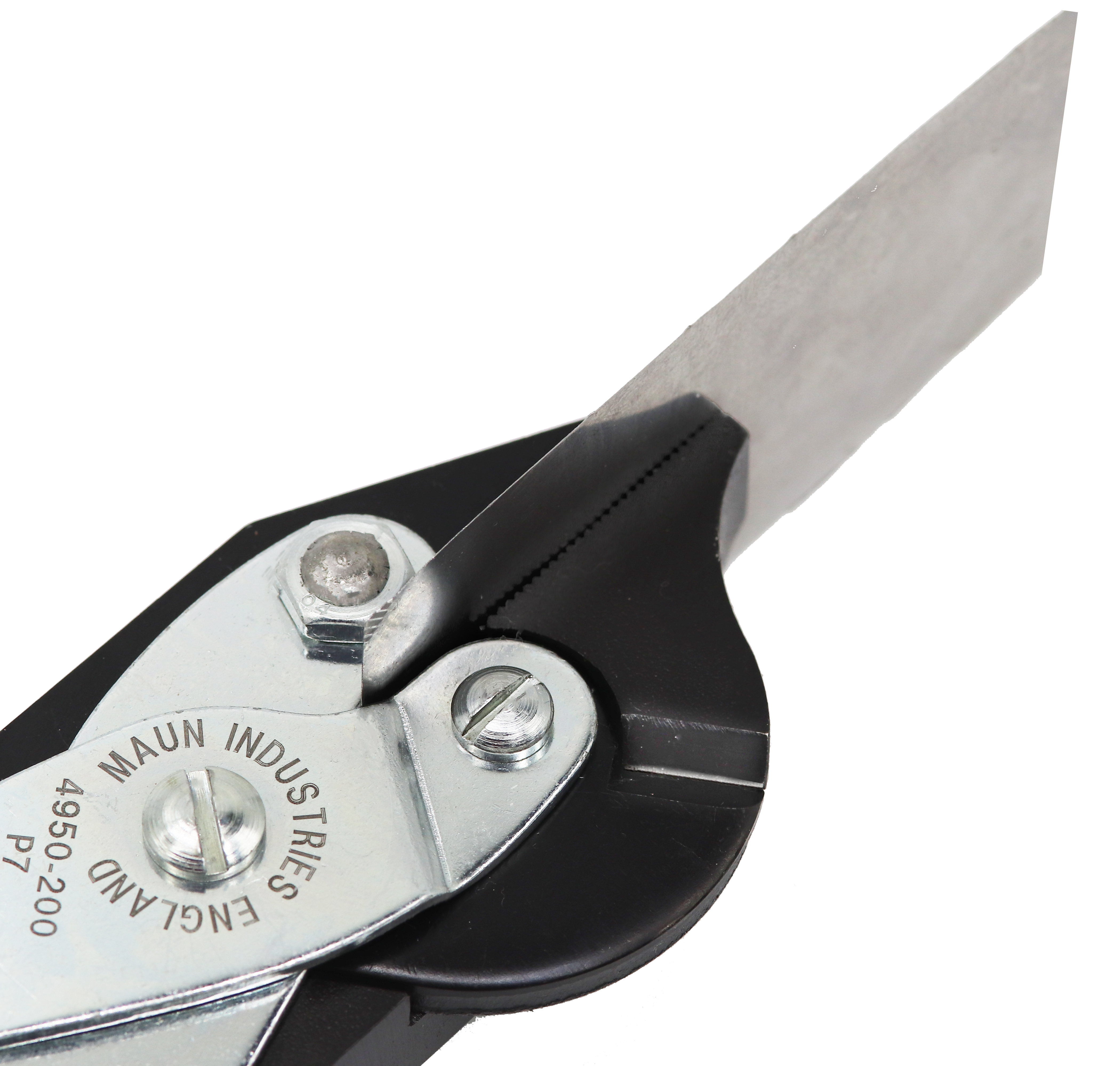
If you’re cutting through thicker wire or shaping material for a repair, using traditional combination pliers will assist you in achieving your objective, however you may need to compromise on how you achieve it and take longer to get it right.
Whereas the Maun tool offers a more accessible cutting function, helping you navigate tightly packed areas, and parallel jaws to shape materials faster and more accurately for repairs.
Metalworking
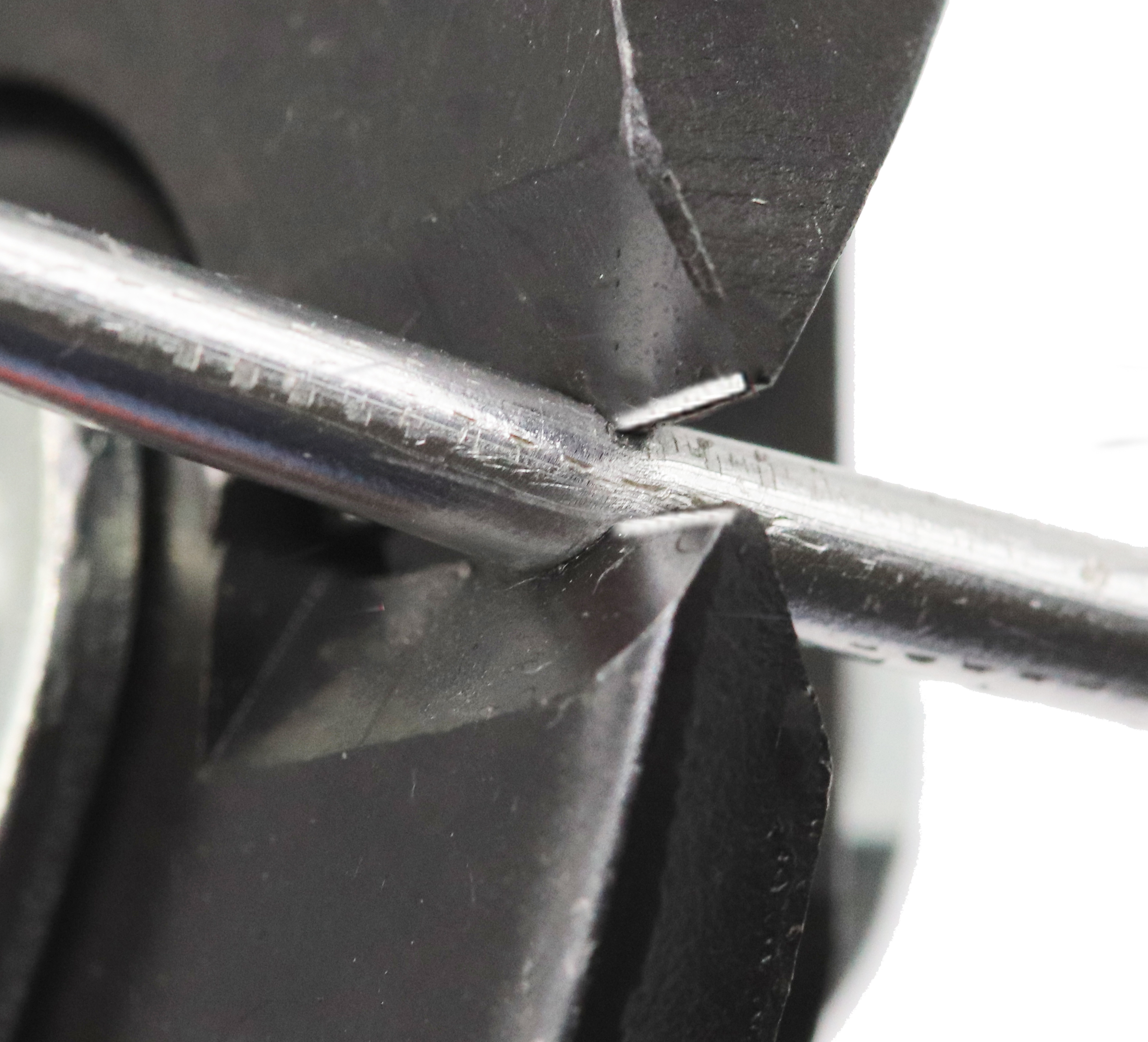
Working with metal is a tough job, and traditional combination pliers may not be capable of cutting the material you are working with or cause you to tire more rapidly in your day-to-day work.
Whereas the Maun pliers amplify your hand force and use hardened cutting edges, perfect when working with tougher materials without tiring you out.
Automotive Maintenance and Repair
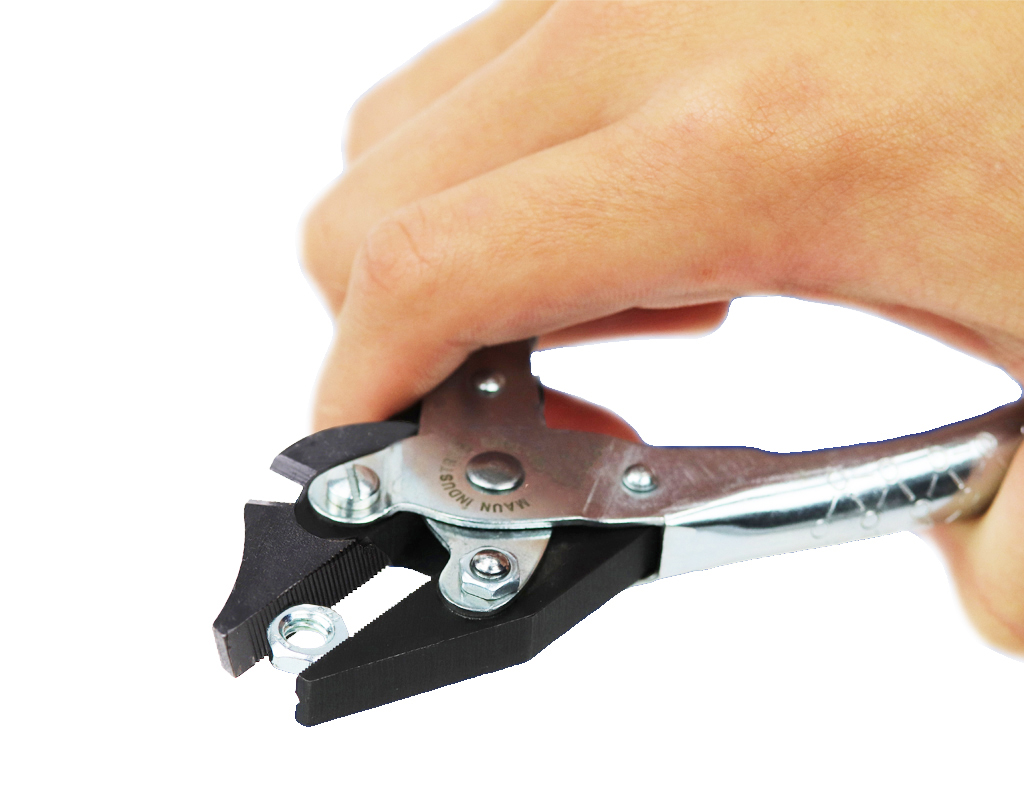
Whether you are gripping pipework in the engine bay or quickly adjusting a fastening, traditional combination piers can be a one-size fits all tool that is quick to hand, but may not offer the grip or accessibility needed.
Whereas the Maun Side Cutter Parallel Pliers grip hex and square fastenings firmly with their parallel jaws applying a strong even force along their whole length, reducing the risk of slipping from fastenings or pipework and the potential to round the edges on softer fastenings.
Conclusion
Now you’re up to speed on how the usual combination pliers compare to the unique Maun Side Cutter Parallel Pliers, including how parallel-jaws and a compound action improve the function of the tool.
If you have any feedback or improvements you’d recommend for this post, we’d love to hear from you.
This post was brought to you by Maun, experts in tools since 1944.
Scroll back up to re-read any key points, browse our related pages below, or contact us with any questions:

